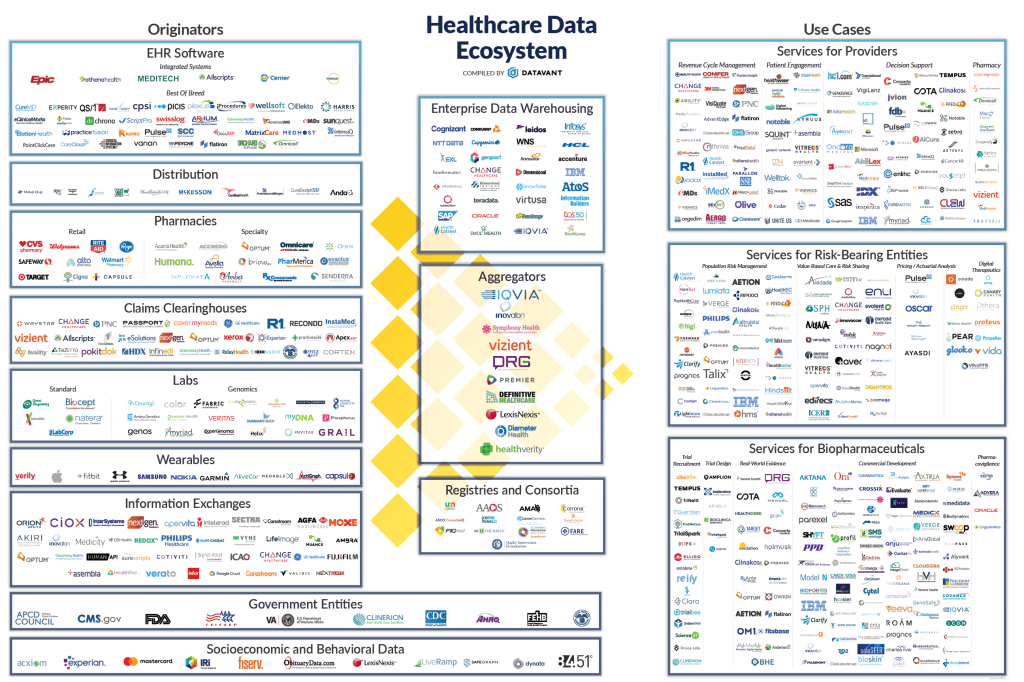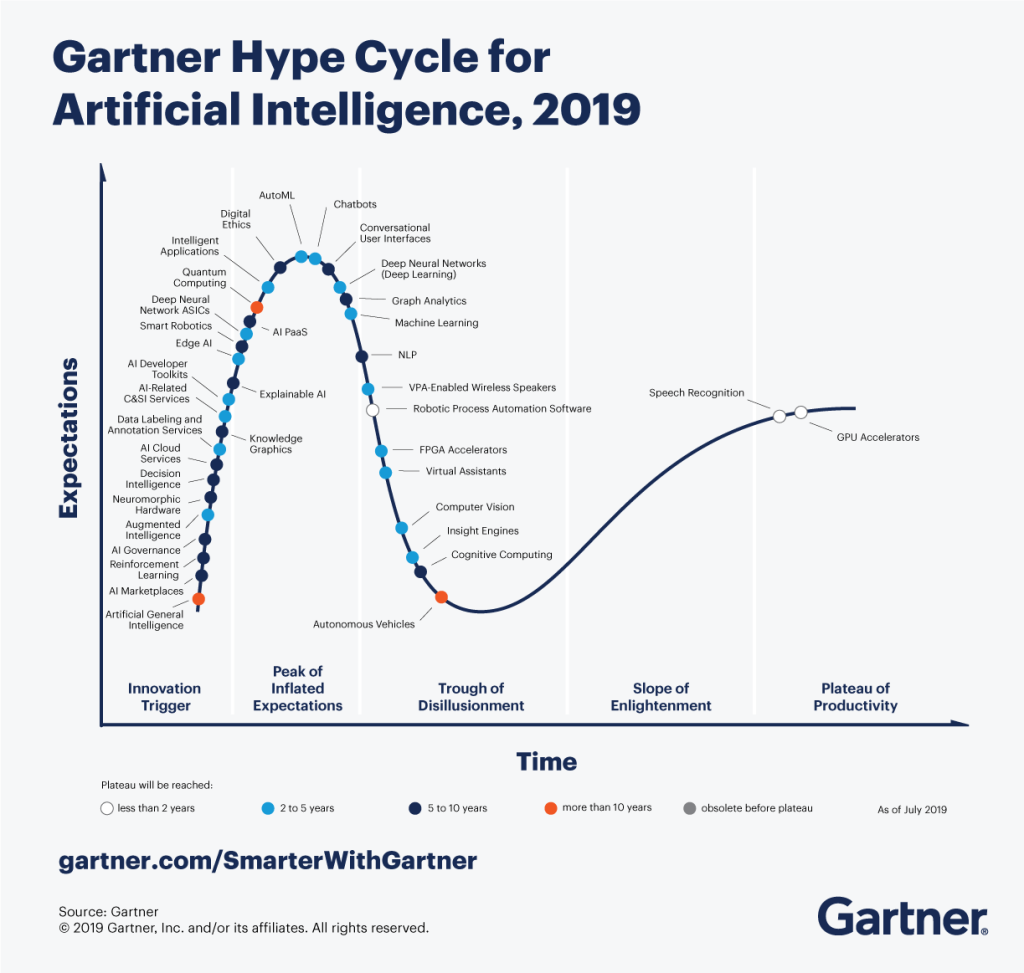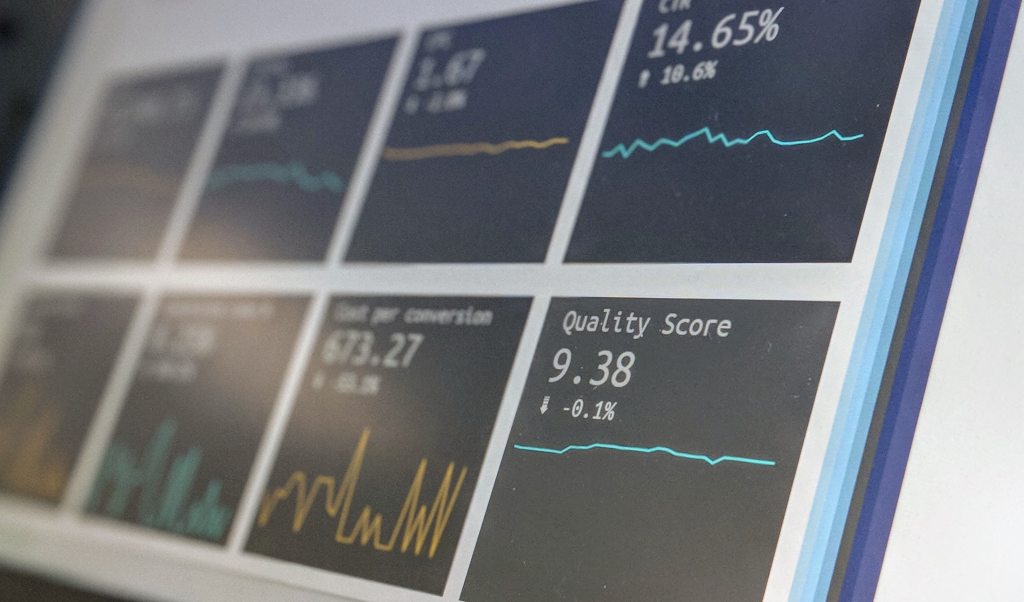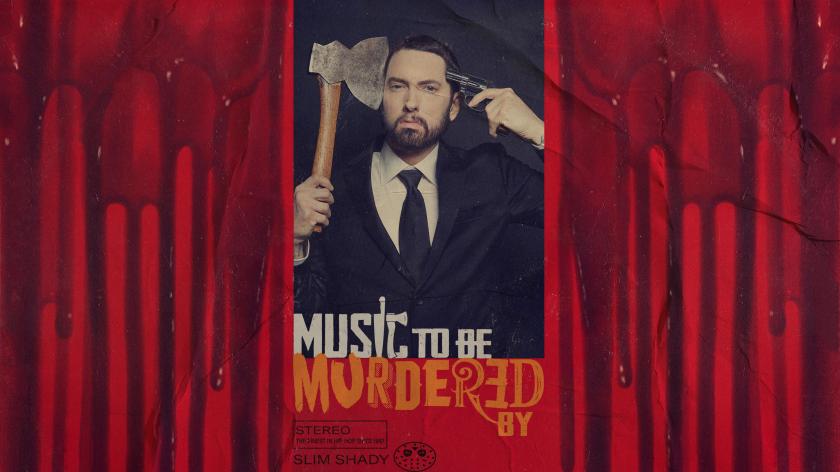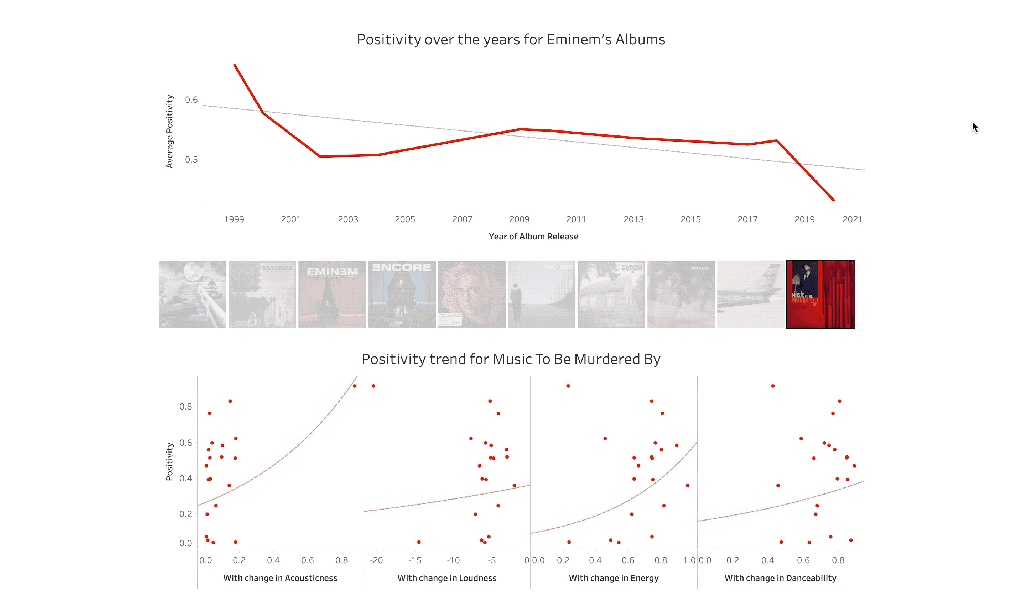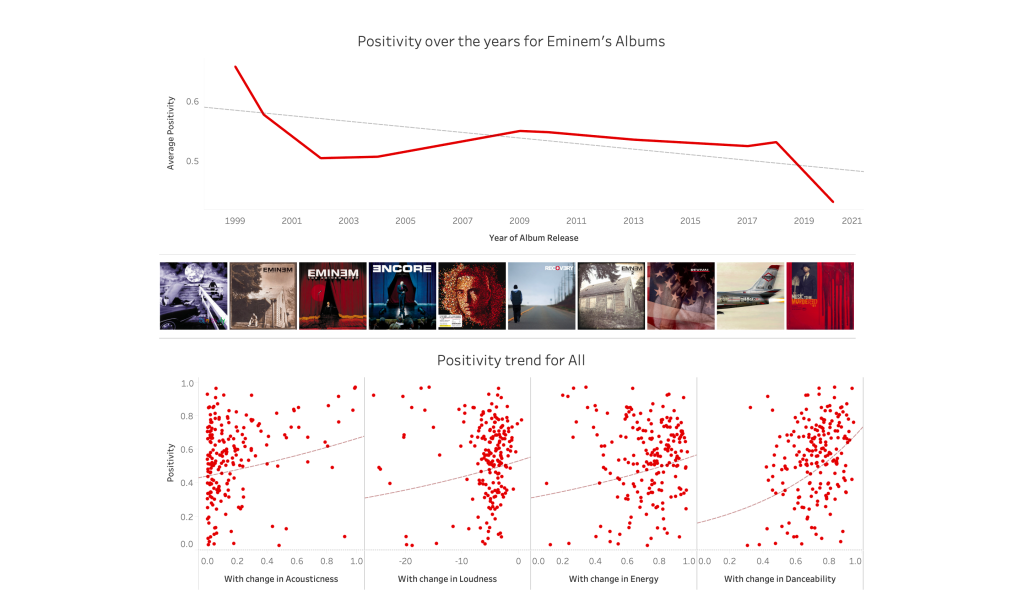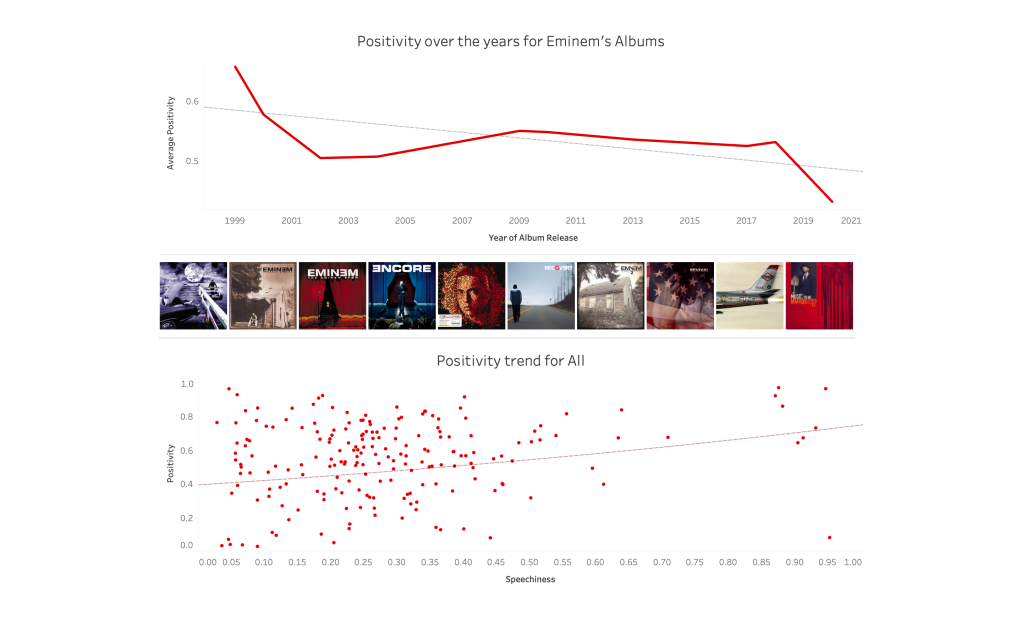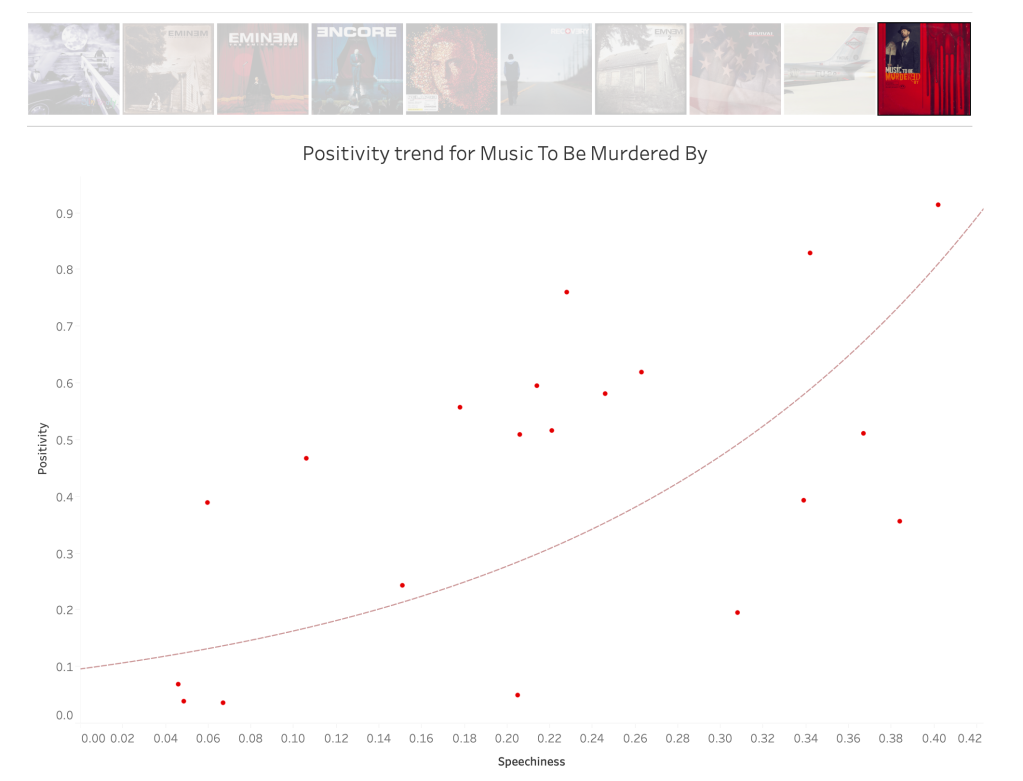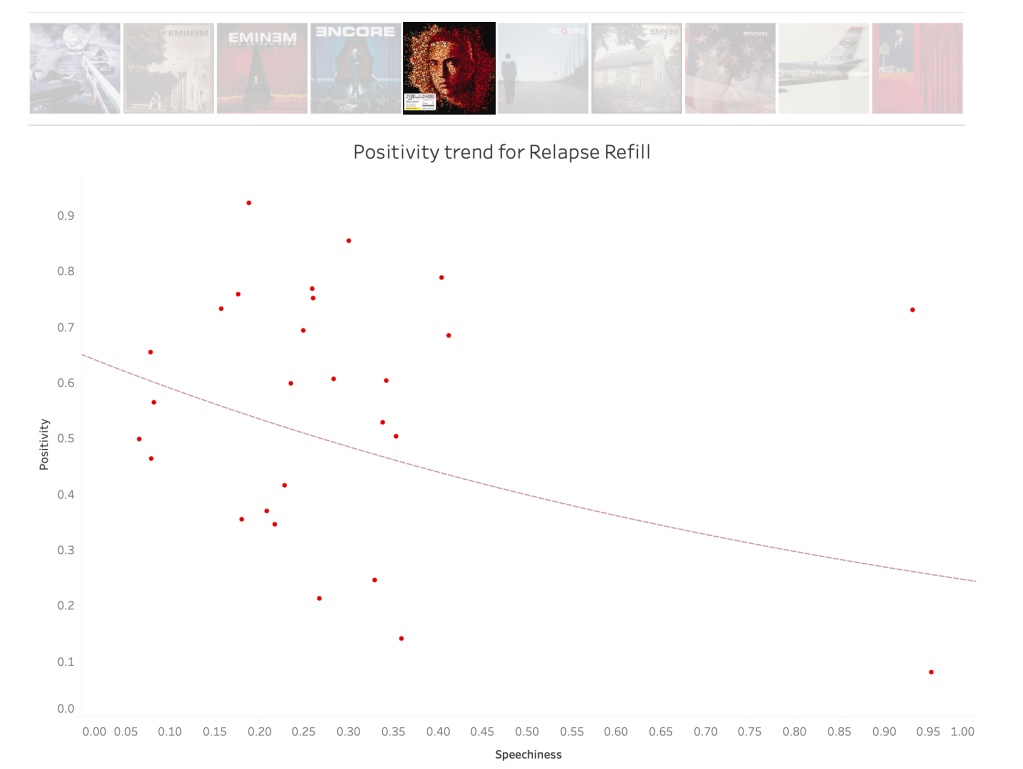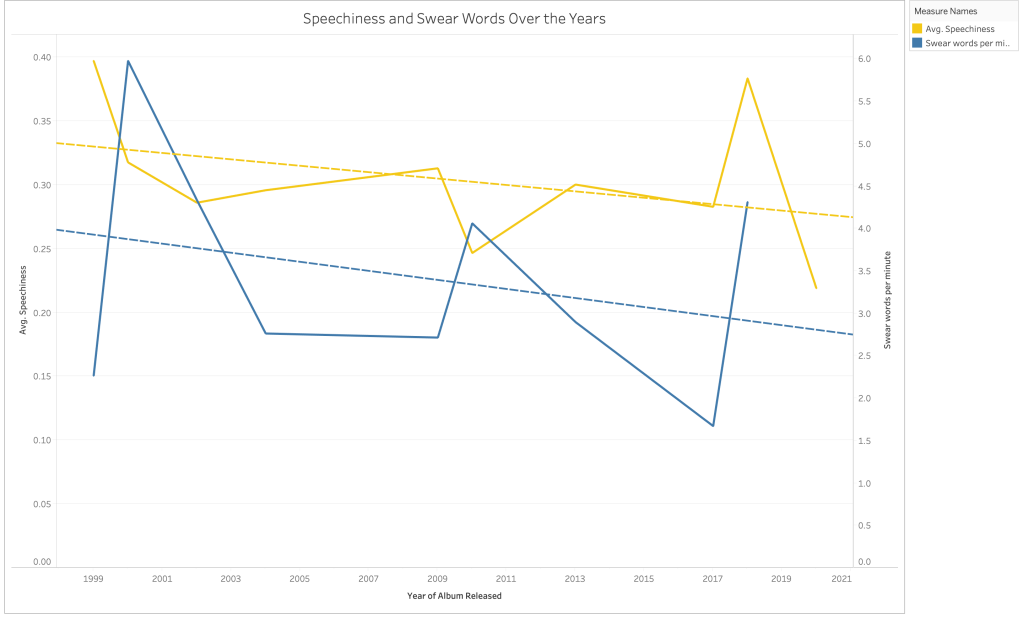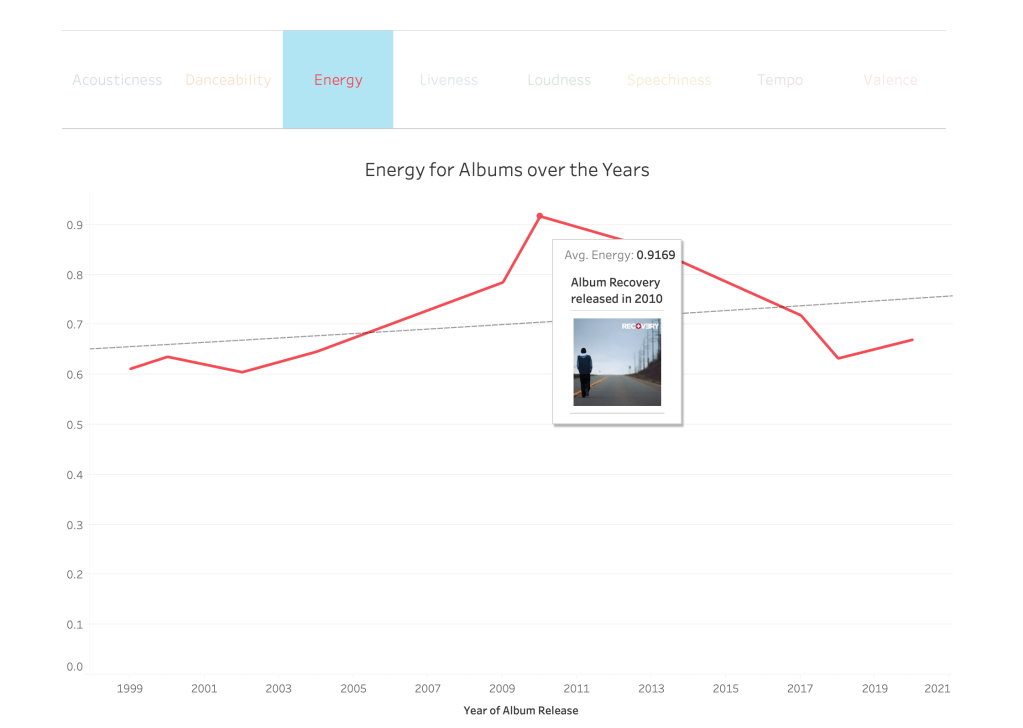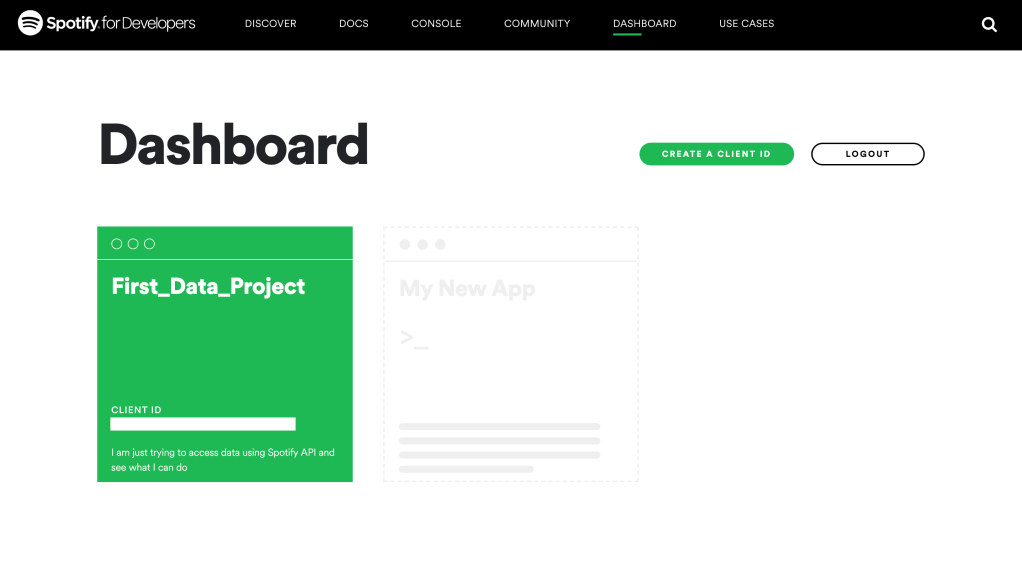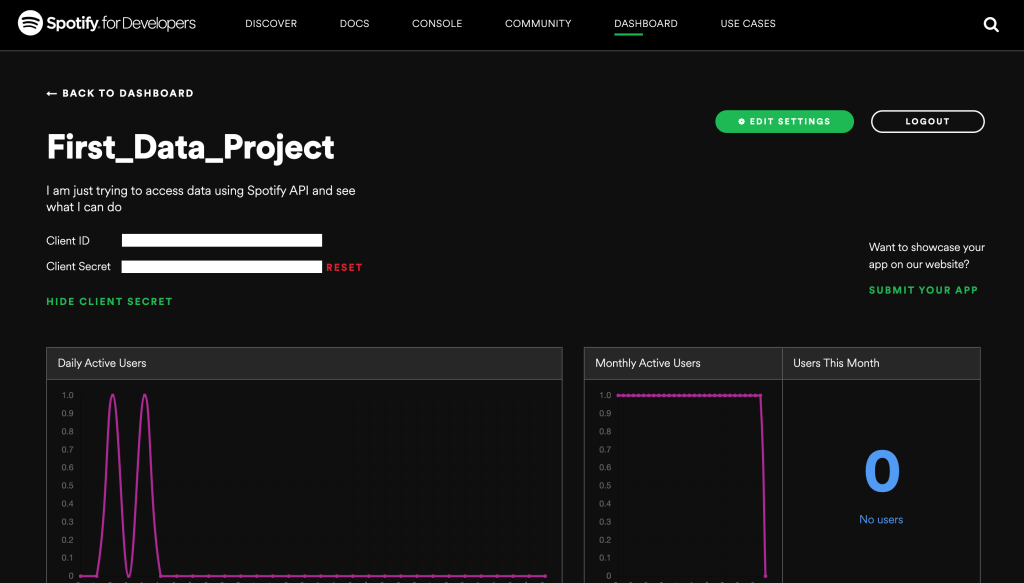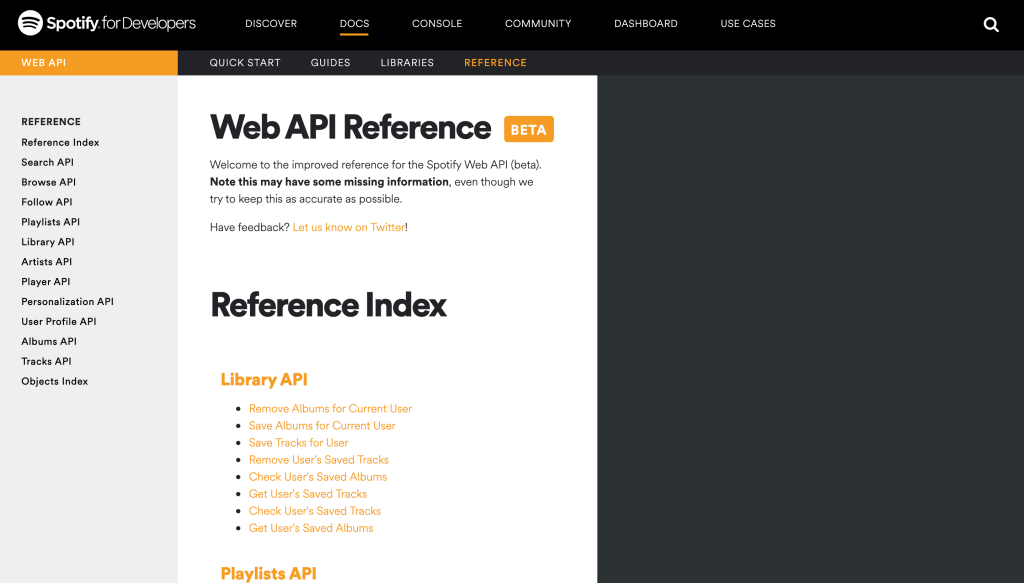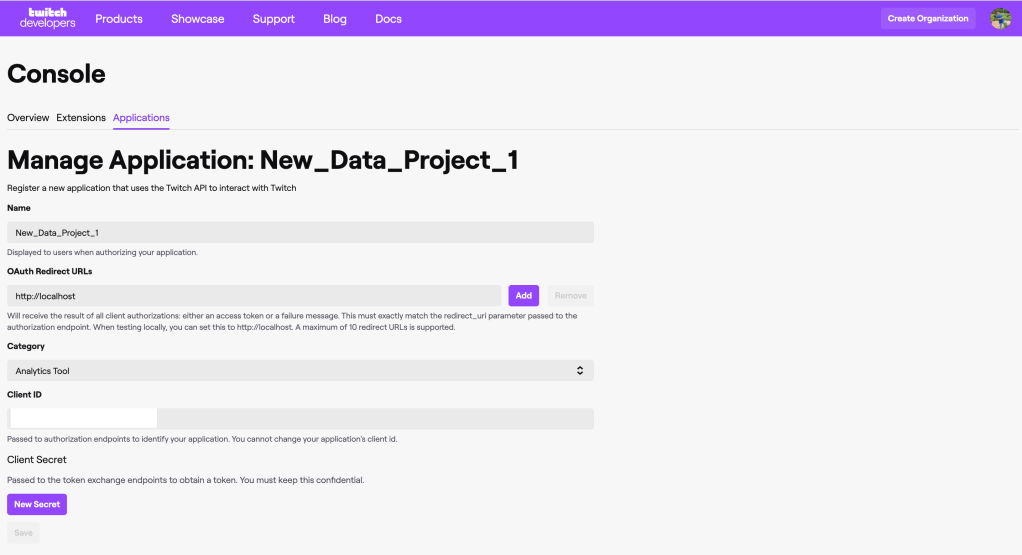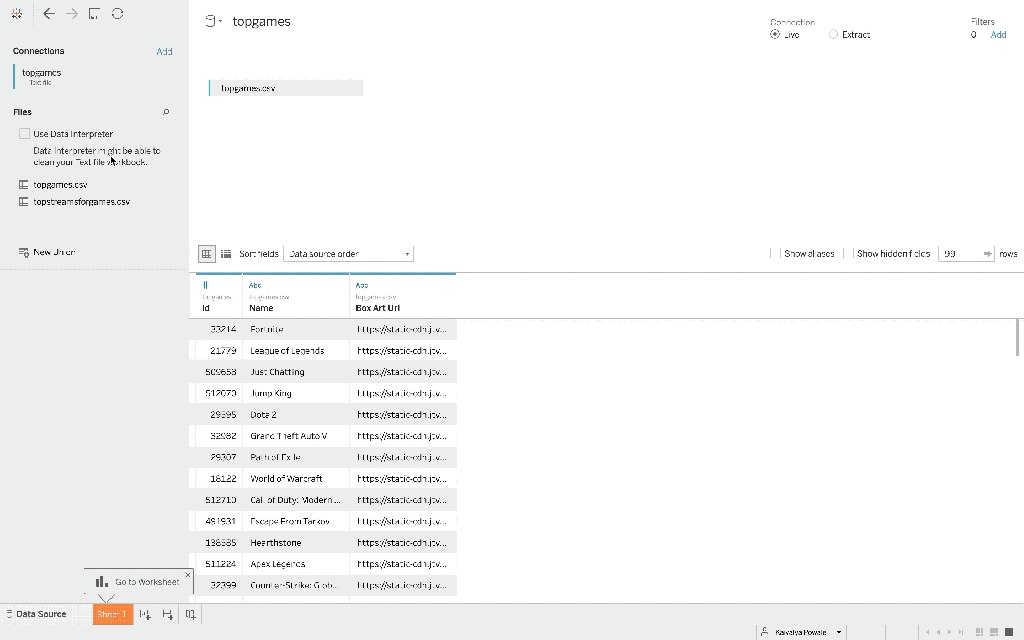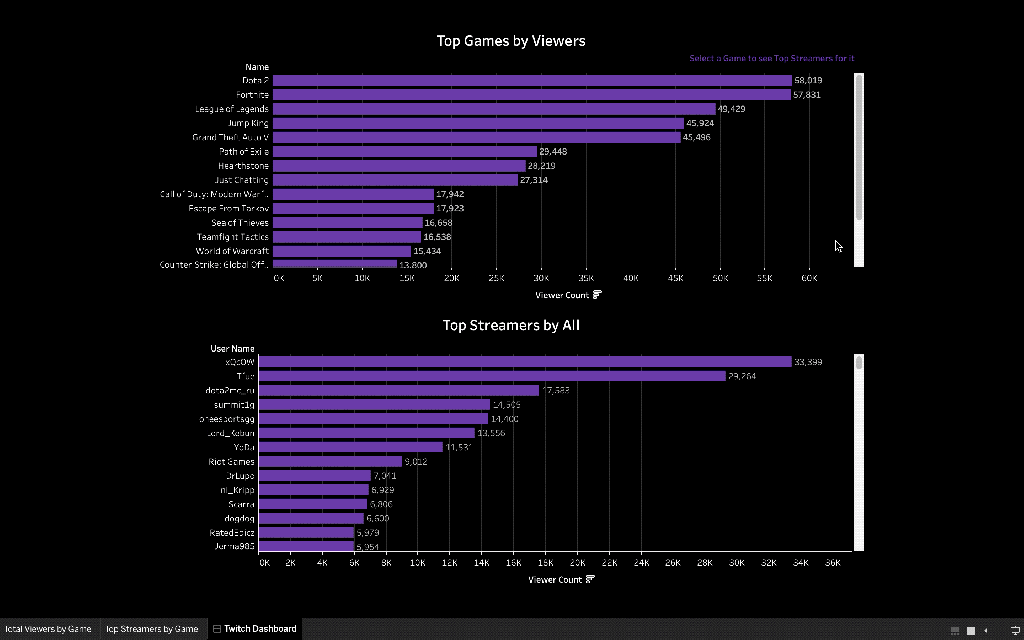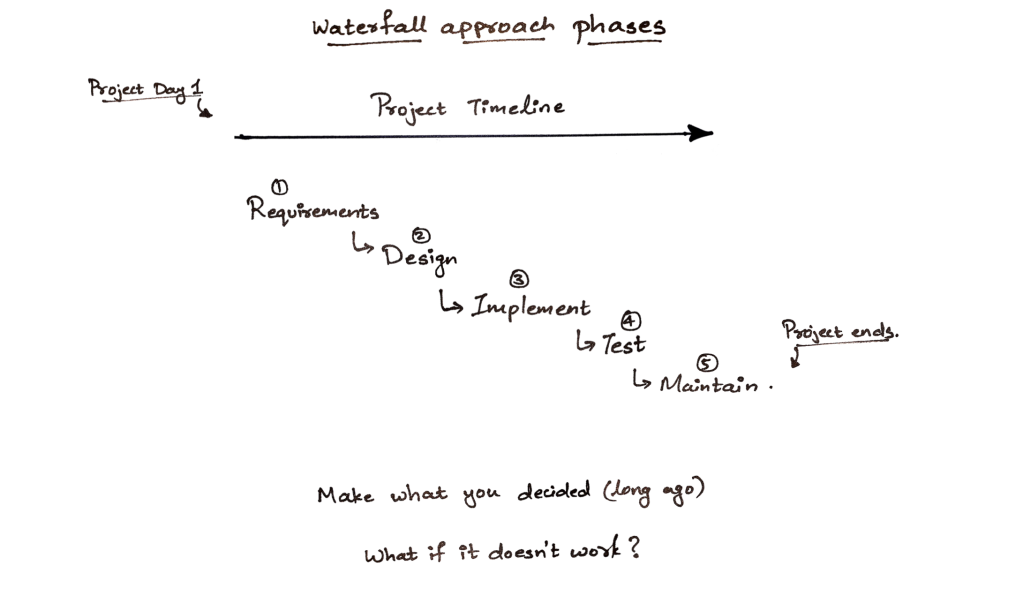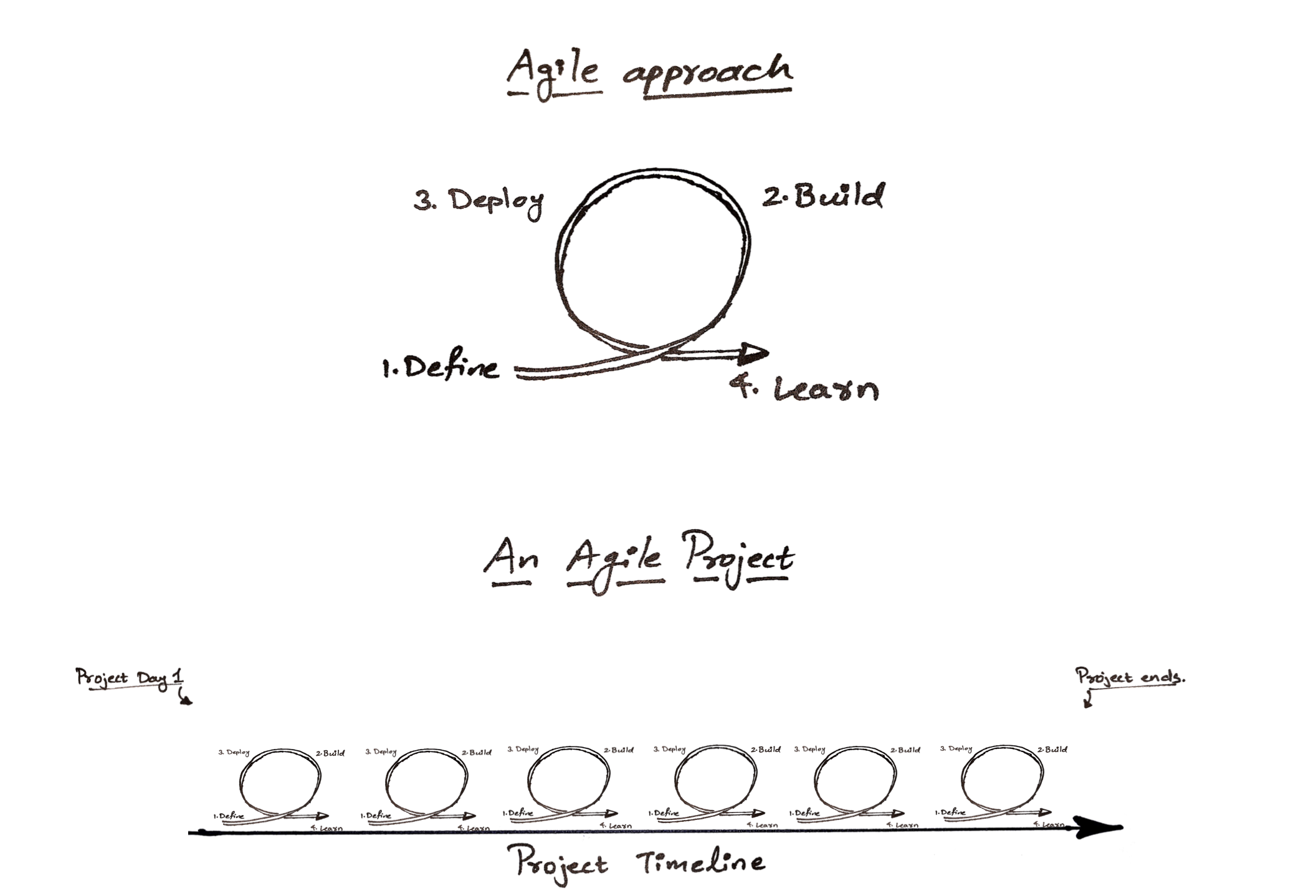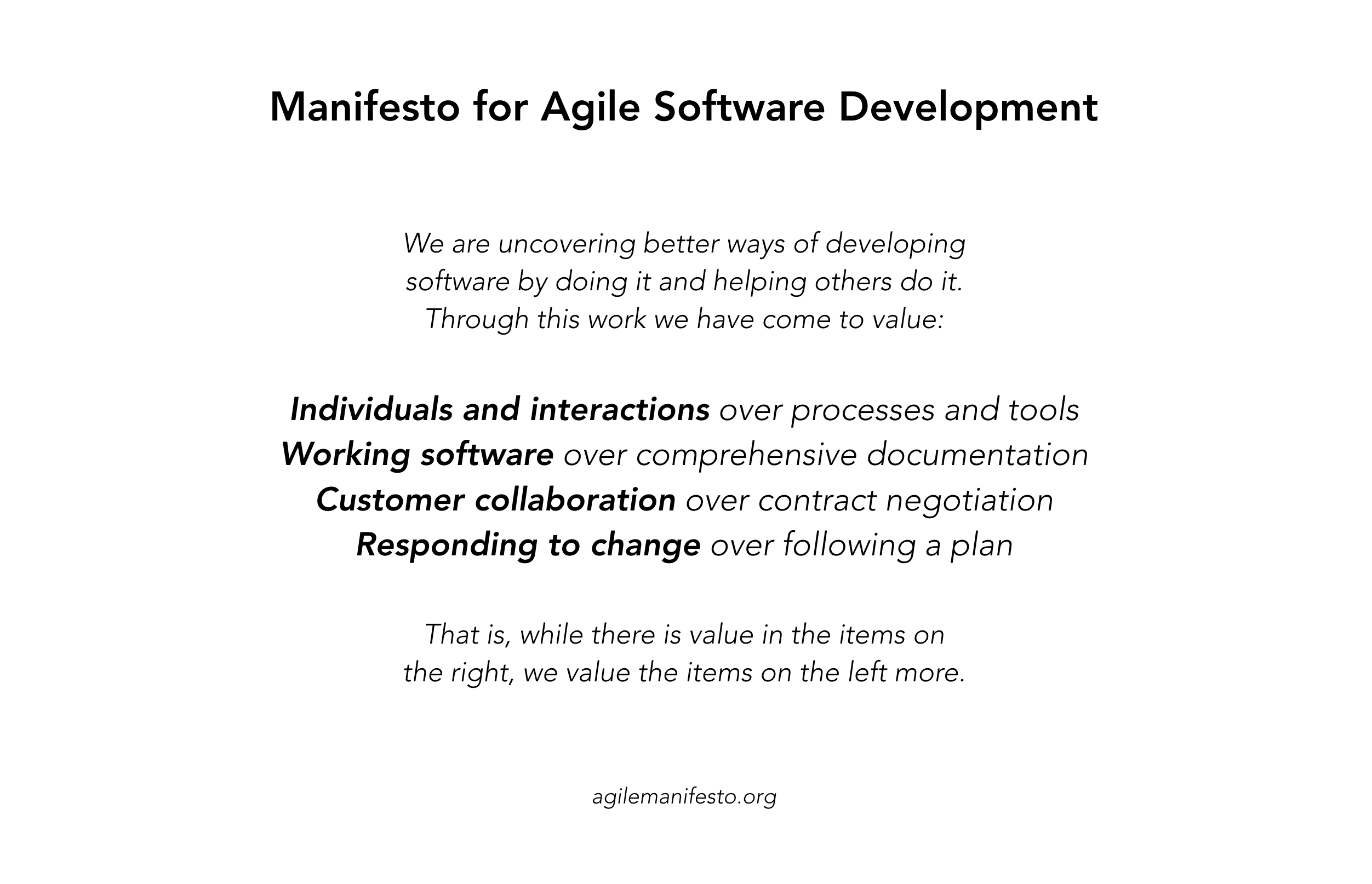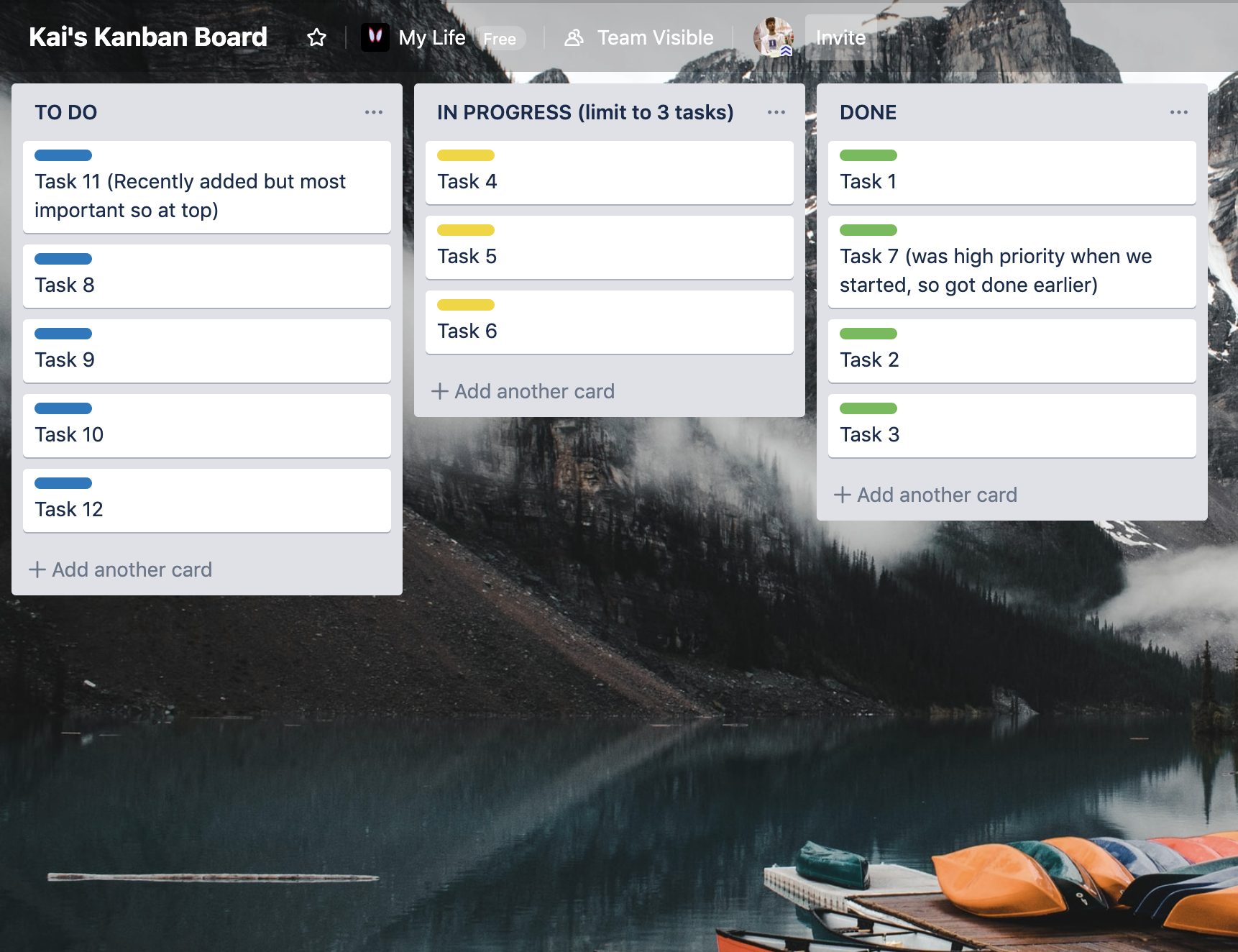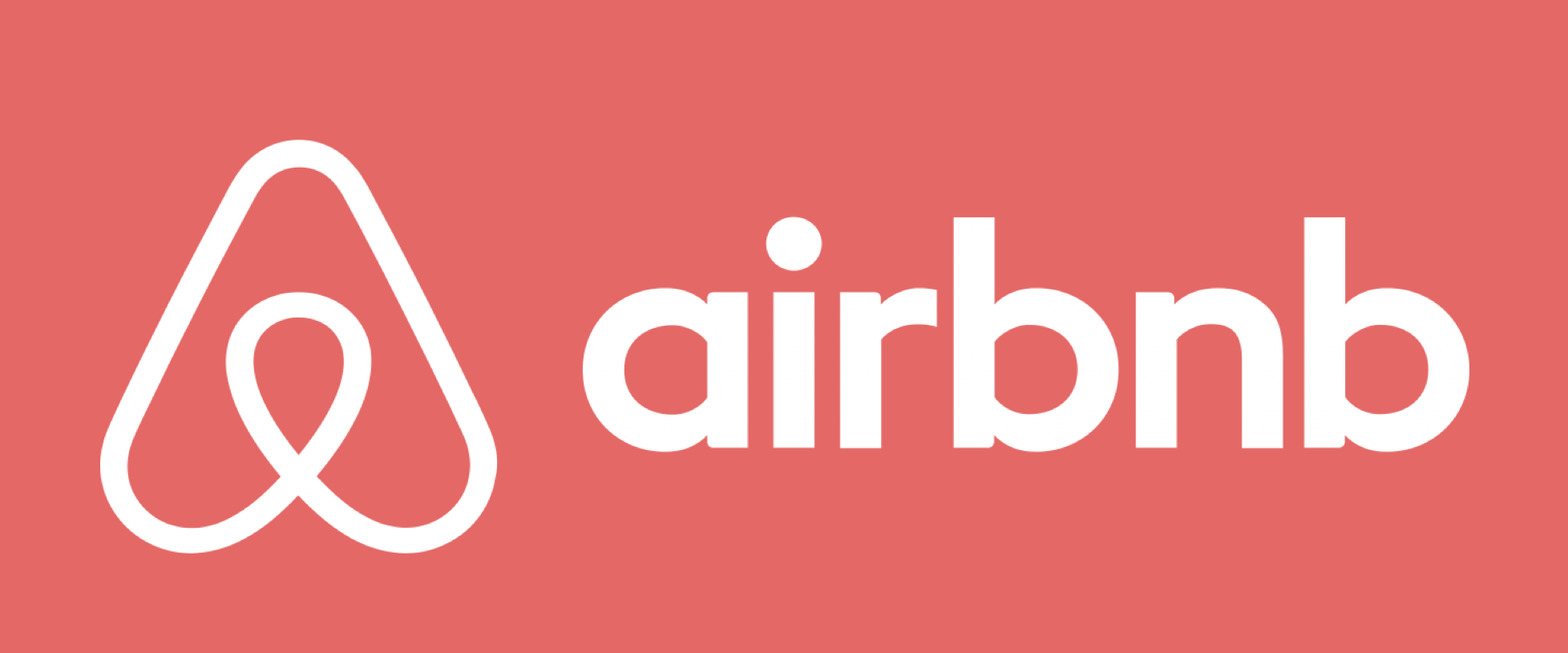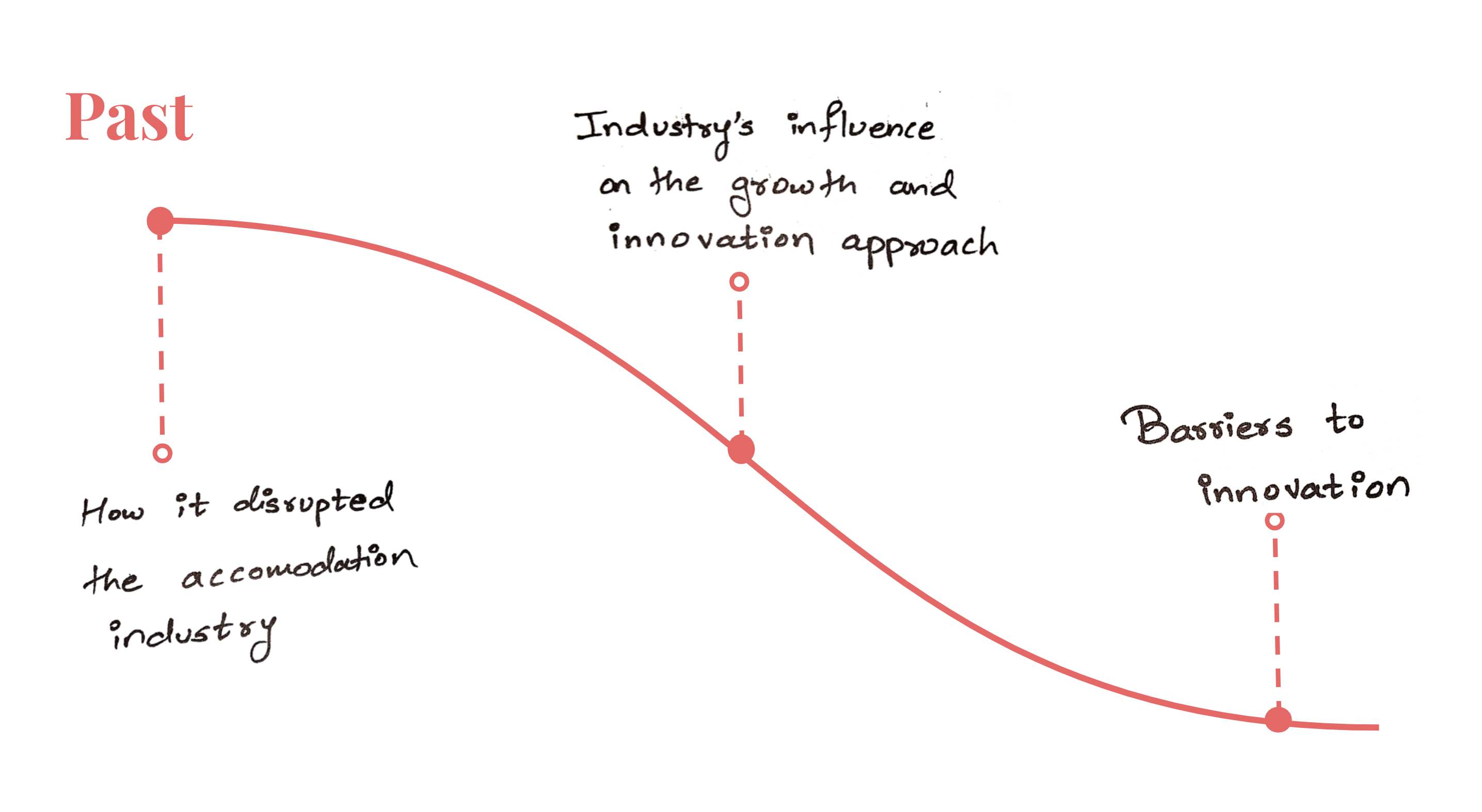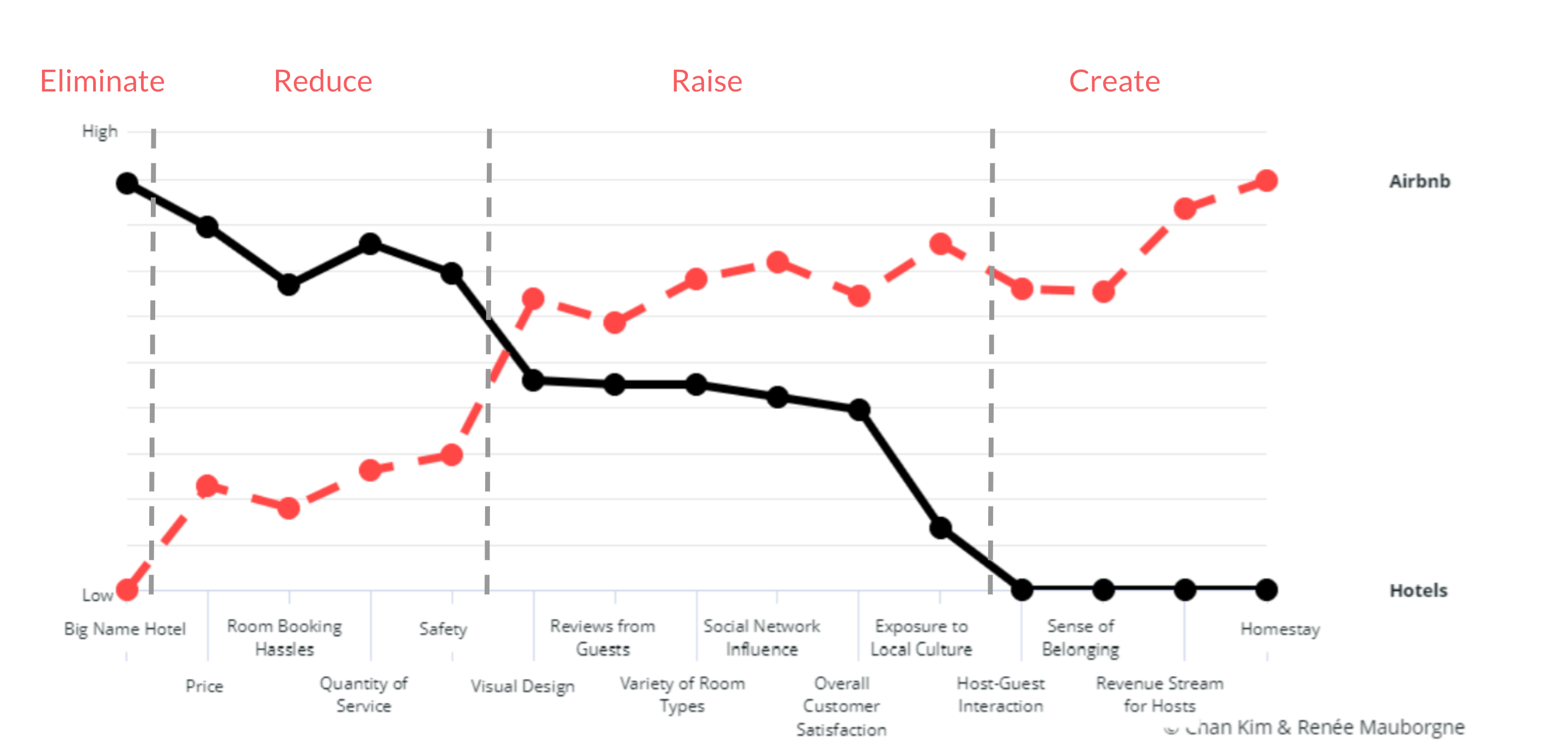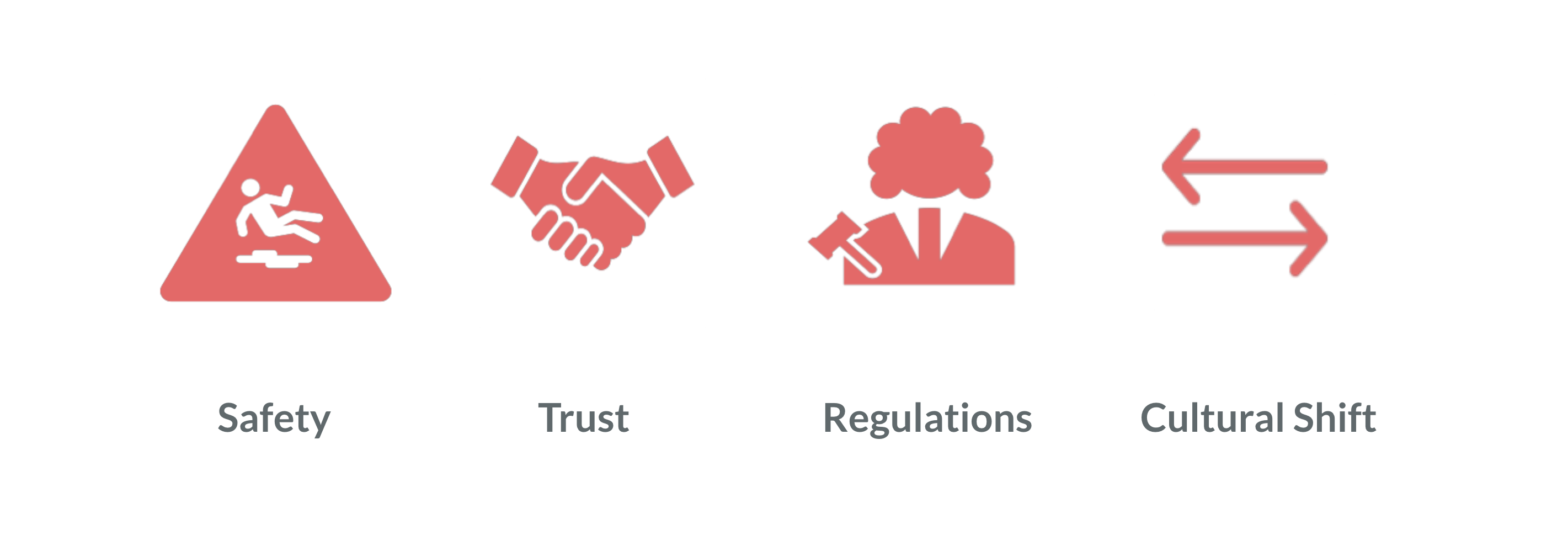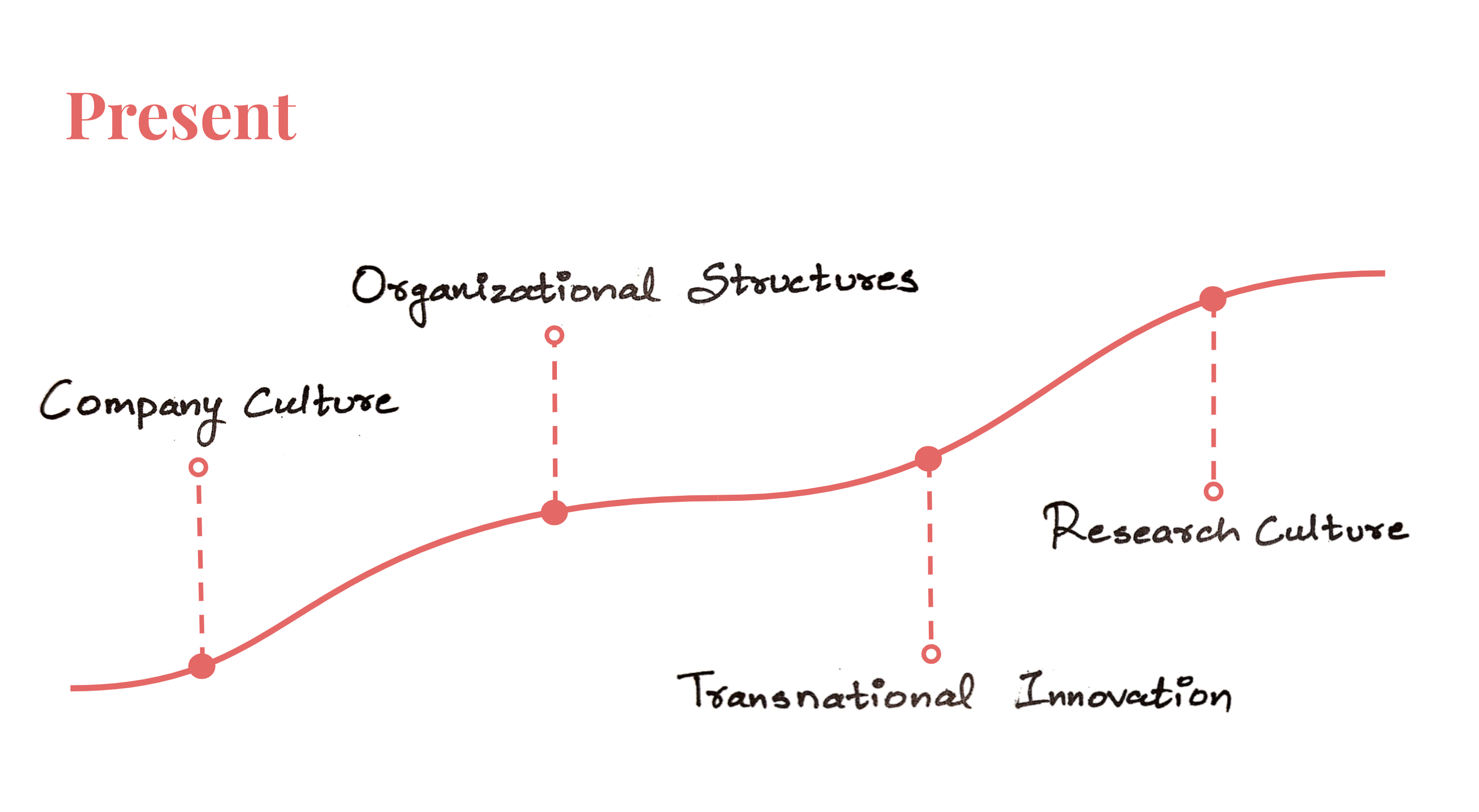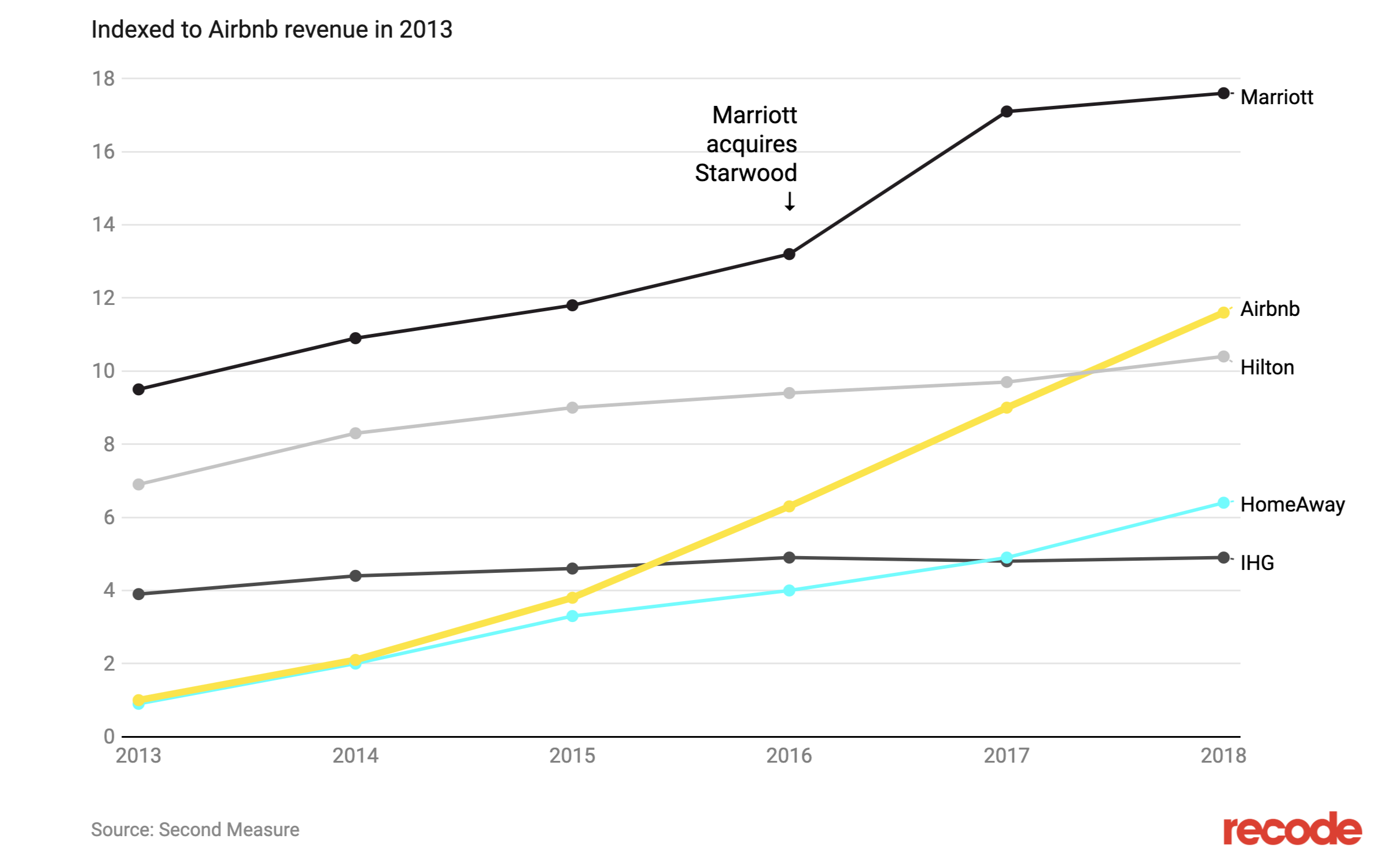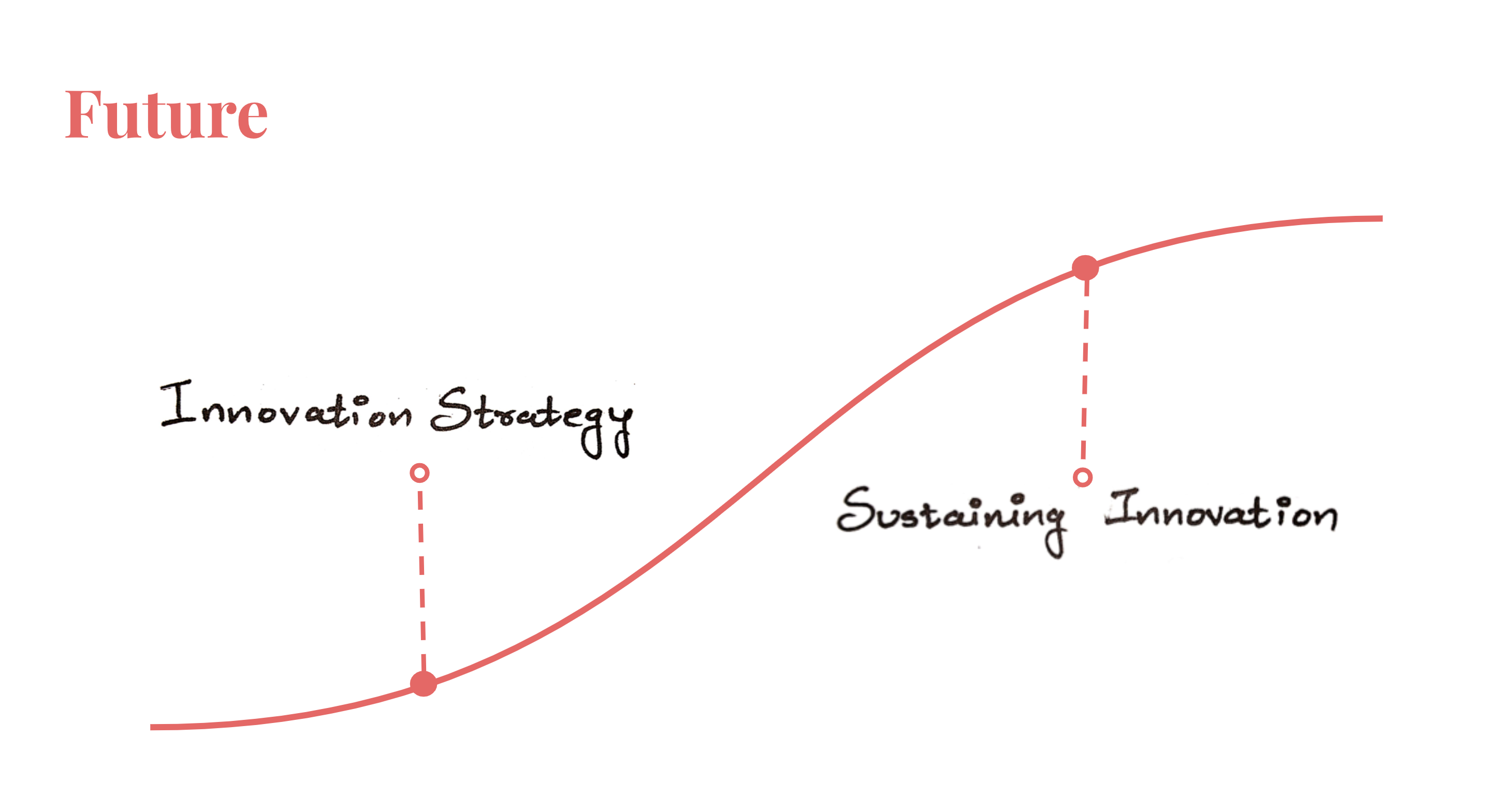moderate read, takes 4 mins
I woke up this fine spring morning. With a jet lag and quarantine mandate, I decided to look up LinkedIn at 4.30 am. Only to realize that I have over 100 unread messages. At least 50 of those asked for advice on breaking into a PM internship.
So, with newfound motivation to restart my blog, I started typing this out. Truly candid, honest opinions, and personal experience all rolled into one post.
Internship/ Early career PM search advice from someone who was looking for internships not so long ago. (hint: c’est moi!)
Here’s what helped me. It’s a very personal take and this may differ for various people in different stages of their search. I hope that helps you all too!
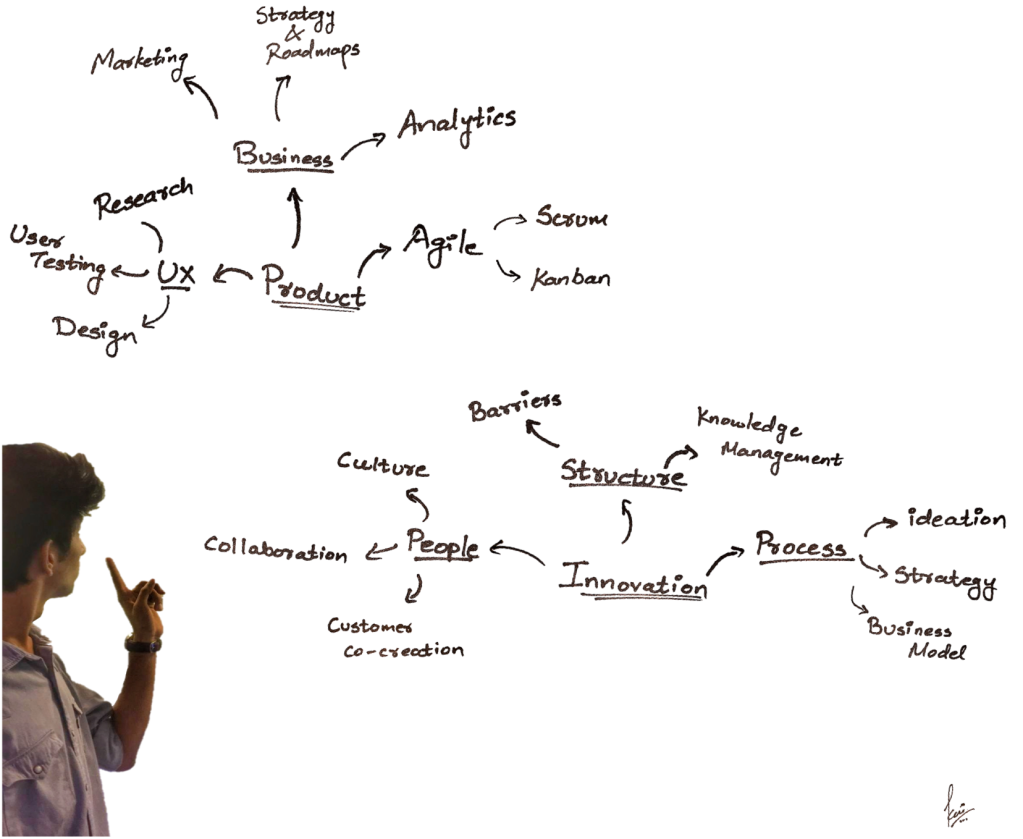
Things to do:
– Reflect
Start by thinking about what you want out of the role. This could be early experience in product, getting a good brand on your resume, learning to be a generalist PM, or trying out various specializations. Honestly, you can’t go wrong with this one It’s about you and nobody can question that.
– Figure out what interests you
Think through various products that you like and narrow down a list of products that you would LOVE to build. Ex: B2B SaaS, cPaaS, consumer products, educational products, streaming services, AI products, social networks, etc.
– Question yourself
Once you narrow down the types of products that you’d LOVE to work on, you should craft stories. Essentially, question yourself on WHY you’d like to work on this, why does this stand out, are there any personal experiences that would make this product more desirable? Nothing matters more than when a candidate demonstrates their passion for products! (Of course, we can understand if it is genuine.)
Here’s a page I put together to craft a story for a job at Duolingo: https://kaivalyapowale.com/working-at-duolingo/
– Make a list
Now, get down to a list of companies OR just browse through LinkedIn to find companies. Even look for companies not hiring for interns right now. Once you have a target list, reach out to PMs and product leaders within that company (better if you can narrow it down to teams but I understand that can be difficult)
– Reach out
Start building relationships before you need help. This is great advice but not so helpful when you have 2 months to look for an internship. So, I’d suggest being direct: Intro, saw a nice role, about me/portfolio, why I wanna work, can you put me in touch/refer?, thank you for your time.
Here’s what I shared when I was looking to break in: https://kaivalyapowale.com/what-i-built/
– Be patient.
PMs are crazy loaded with work, the # of DMs they get every day, and trying to maintain a healthy balance in life. Message, follow-up, don’t spam or be rude (surprising how many people need to be told this). If you don’t hear back. That’s okay. Everyone needs to prioritize according to things that are important to them. And like any good PM, they should.
– Prepare
Once you land the initial interview, the stories you crafted and your passion through the process will get you through. (I am considering the fact that you’d do your own case preps and brush up on PM core skills)
Things to remember:
– Keep your head up
Being able to land an interview does not define your capabilities. It’s a matter of time before you land one. Not an “if” question but a “when” question.
– Do your own research
There’s a ton of wisdom out there about product management. If you seek, you shall Google and read yourself! Seriously. Setting up calls with PMs and asking them about product design case approach is not the best use of anyone’s time. (A better way would be to ask them for a mock case they loved or ask them where they fumbled and how they fixed it)
– A few PMs to follow
Lewis C Lin (no PM career prep can begin without his content), Clement Kao‘s blog, recently found a goldmine from Rohan Rajiv. Note that there are many many more folks out there and you’ll find many lists if you Google.
– Learning matters the most
Focus on core PM skills and find learning opportunities instead of growth opportunities. As an early PM (or an enthusiast), see how you can learn new things, experiment around with product areas, and question every task that comes your way. Don’t seek titles that sound fancy. Although it’s cool to feel that way. We have all been there 🙂
– A small step for you is a giant leap for your career
It may be easier and better to go for smaller companies or not-so-fancy brands. Not just the fact that it is easier to access people who work there but the reality that you’ll get to learn more in smaller teams.
– A good mix of work, passion, and planning will get you through the door.

Looking forward to hearing from you if this (and I) was of any help at all 🙂

